Harry Adams: Picturing the Black Middle Class of Los Angeles, 1960s
Harry Adams’ photos tell the rich story of Los Angeles’ Black middle class in the 1960s and early 1970s. For 35 years, Adams was a freelance photographer for the California Eagle and Los Angeles Sentinel newspapers. He was best known for his photos of celebrities and politicians, but he was also called upon by members of the city’s Black middle classes to photograph — to memorialize — celebrations and important events in their lives: Howard University alumni socials, cotillions, women’s club fundraisers and family portraits. Images of people on the job, at church, and in the classroom are also part of Adams’ work, and together, the body of photographs reflects the social and cultural mores of the time and the dichotomous nature of being Black and middle class in the United States of America.
The Harry Adams collection of photos is part of the Tom & Ethel Bradley Center Photograph Collections in CSUN’s University Library Digital Collections. CSUN Today interviewed Keith Rice, historian at the Tom & Ethel Bradley Center, on the importance of these photographs.
The interview has been lightly edited for length and clarity.
What can you tell readers about the middle-class Black communities Adams photographed? How would you characterize the communities?
These Black communities existed in major cities throughout the United States, from the North, Midwest and West. Most migration patterns followed railroad lines and highways out of the South. Georgians and Carolinians went north to the Northeast; Georgians, Alabamians and Mississippians went to the Midwest. Many of the migrants in Los Angeles came from Louisiana, Texas, Oklahoma and Arkansas.
In Los Angeles, the community was composed of many African Americans who migrated to Los Angeles during World War II to work in the defense industry. They were able to establish middle-class lives working in well-paying jobs for the government and in the aerospace industry. They maintained hometown ties and relationships with other home state migrants by starting clubs such as the Arkansas and Alabama club.
The heart of the Black community developed along the Central Avenue corridor in the late 19th and early 20th centuries. The Central Avenue-area Black population exploded during World War II. The legally enforced use of restrictive covenants until 1948 restricted Black people to owning real estate in certain areas. Restrictive covenants forced African Americans of various educational and financial backgrounds to occupy the same living spaces. Some older members of the community still refer to it as a “village.” Everything and everyone they needed existed in the village. For the most part, Black professionals and entrepreneurs were confined to serving the Black community in which they lived, affording them a middle-class life.
You’d not necessarily assume that these photos were taken in the 1960s, a period of assassinations and the struggle for civil rights. In ways, the photos are quotidian, records of everyday life, yet they are also extraordinary. What do photos like these say about the African American experience?
Black people in the United States are survivors of 250 years of genocidal chattel slavery. They were cogs in a machine that were worked constantly from the cradle to the grave. When you look at these images you are actually looking at people who escaped 20th century slavery. Many of them were former sharecroppers before leaving the South, worked from sun up to sundown, forever indebted to the white landowner and had little control over their bodies. They were indeed extraordinary people.
Why is this photo collection of the Black middle and upper-middle classes important?
Black photographers were paid for the images the newspapers used; they were not employees of Black-owned weekly newspapers. They were also hired by members of the community to shoot photographs. I once heard a saying, “If you believe what you are doing is important you will document it.” Historically, Black people have been made to feel their lives were not worth documenting. These Black people did not believe that and would often hire Adams and other Black photographers to document their lives in photographs.
Do you have a favorite photo from this collection? Why is it your favorite?
Malcolm X walking behind the casket of Nation of Islam (NOI) member Ronald Stokes. Stokes was killed by Los Angeles police when they attacked unarmed NOI members near Temple #27. The deadly encounter began when police stopped NOI members delivering dry-cleaned clothes to members at the temple. In the aftermath of Ronald Stokes’ murder, Malcolm X wanted to directly confront the LAPD over this situation. He gathered Fruit of Islam soldiers and prepared them for a retaliation mission in Los Angeles. But he was ordered to stand down by NOI leader Elijah Muhammad. This contributed to the dissolution of Malcolm’s relationship with Muhammad.
How can one access the collection? Is it open to all?
The collection is online and accessible to the public. There are over 5,000 images available. The images are available with watermarks for educational purposes. The images are also available without watermarks for licensing for documentaries, books, exhibition and more.
What other collections in the Tom & Ethel Bradley Center should people know about?
All of the images in the Bradley Center are historically significant because they document people who knew their stories were important. The Center has over 1 million images of the African American community in Los Angeles. It is the largest collection of African American images west of the Mississippi with over 18,000 available for viewing online.
It also contains collections that document the United Farmworkers Movement, images from the U.S.-Mexico border, the civil wars that took place in Central America during the 1980s, the first recognized community of the descendants of escaped slaves in San Basilio de Palenque, Columbia, and a recent donation of images that document the protests against the murder of George Floyd and so many other African Americans at the hands of law enforcement agents.
Is there anything else you would like to share?
See newly acquired images in the 2020 BLM Protests in L.A. digital exhibition.

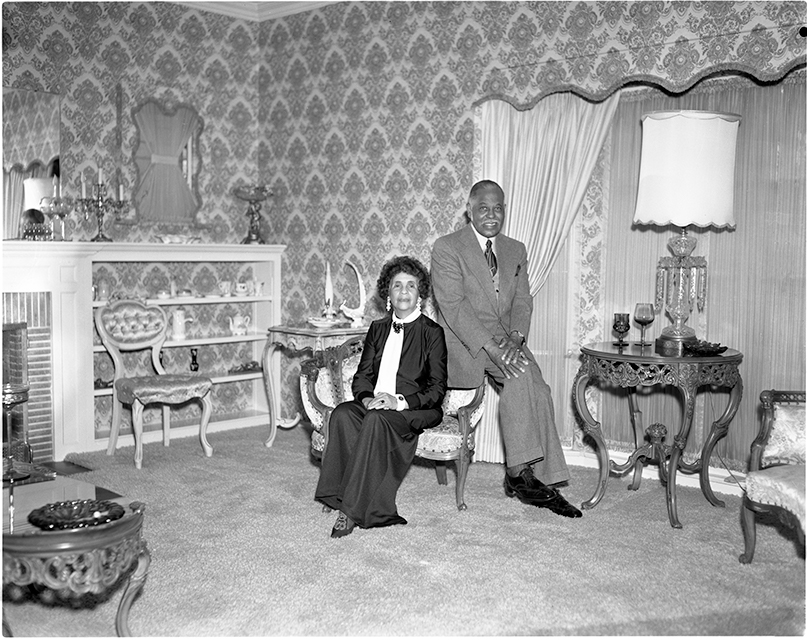


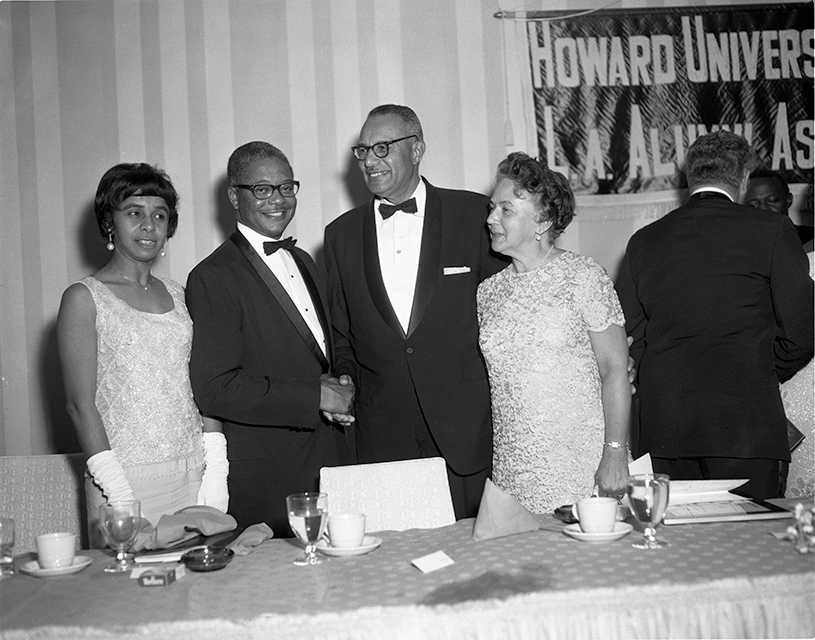
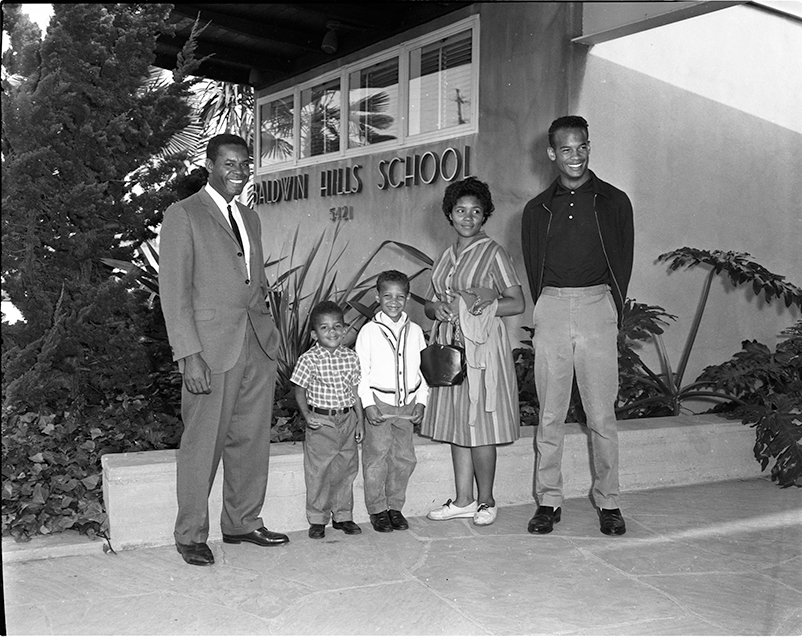

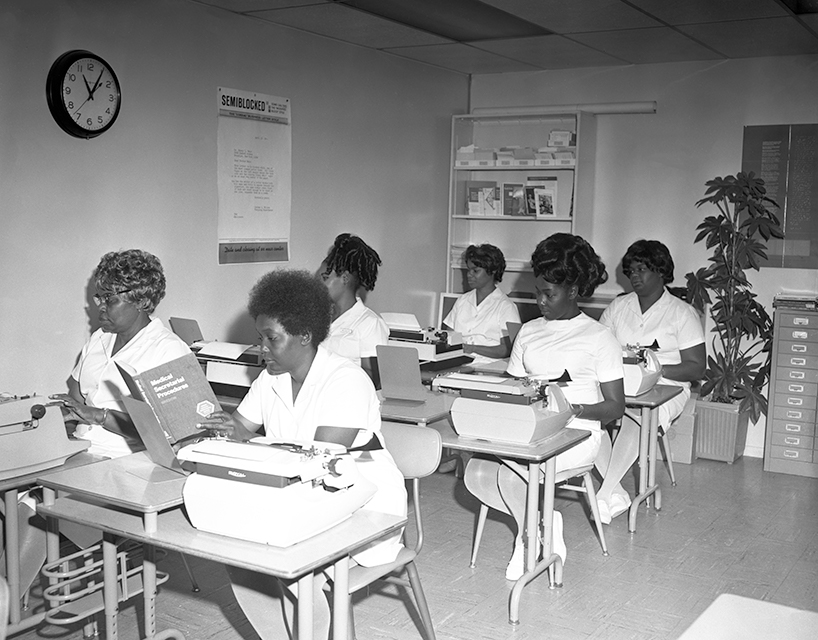
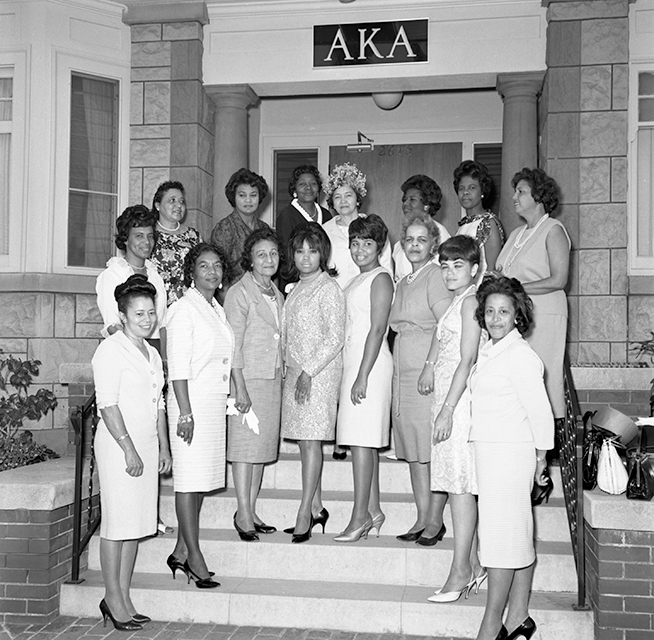
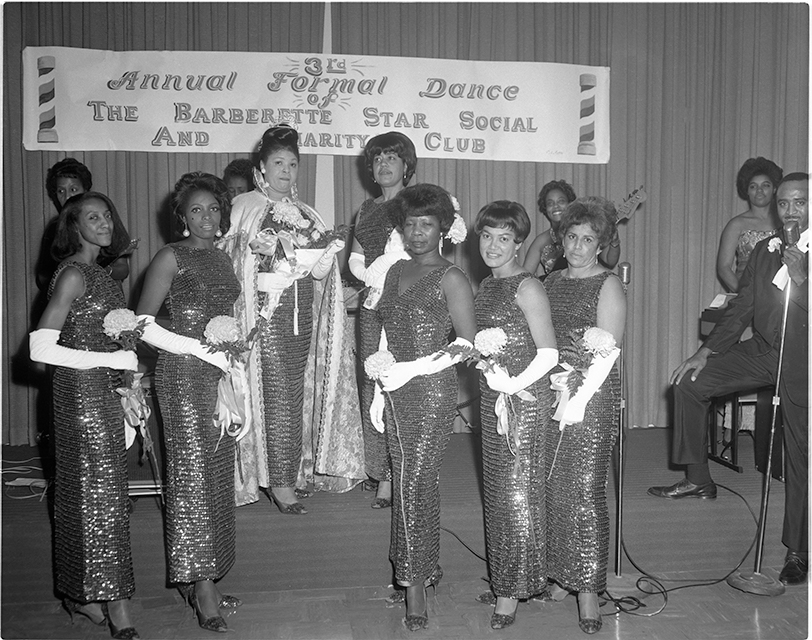
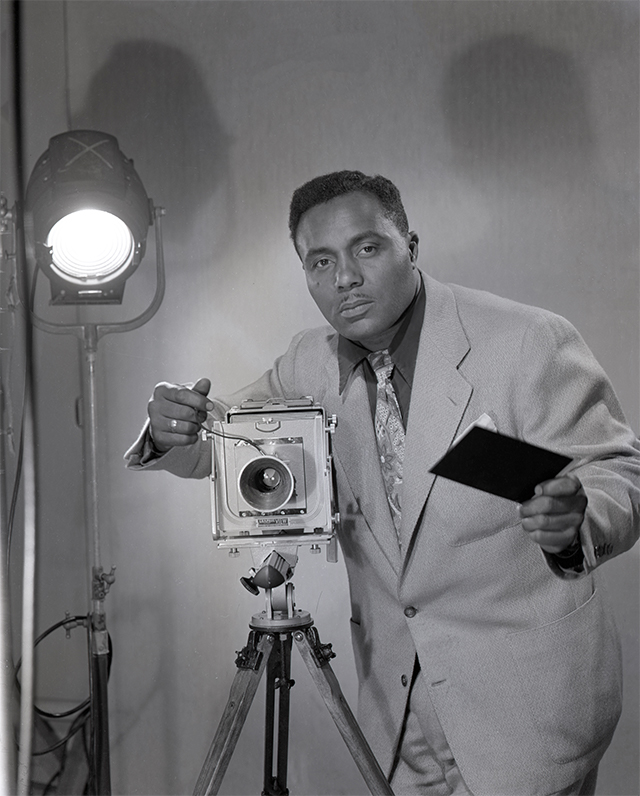
 experience
experience